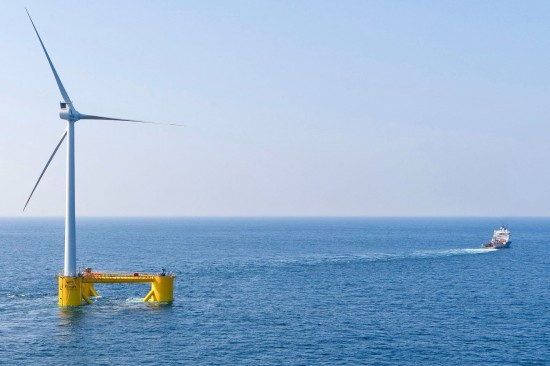
Editor’s Foreword: Earlier this year, the first full-scale prototype of a revolutionary floating support structure for offshore wind turbines made its debut off the coast of Aguçadoura, Portugal. It was inaugurated and celebrated by Portuguese government officials, clean-tech investors, and its engineers and builders.
Each floating support structure, known as the WindFloat*, is a three-column floater with a single turbine on one of the columns, capable of supporting from 3 to over 10 megawatt commercial offshore wind turbines (the prototype features a Vestas 2.0 MW wind turbine) in locations previously inaccessible due to water depth, waves, and turbine-induced motion. The WindFloat design also allows it to be fully assembled onshore and towed to its final destination.
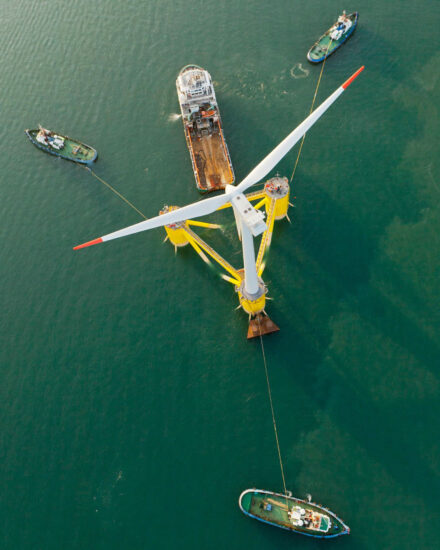
The WindFloat concept was created by Marine Innovation & Technology and is owned by Principle Power, Inc., which holds the WindFloat patent and trademark.
We often hear that the effects of wind turbines on the environment are far less favorable than what has been claimed. I had the privilege of inviting Christian Cermelli, one of the inventors of the WindFloat and Chief Naval Architect at Principle Power, Inc., to provide the following Q&A to clarify misconceptions of offshore wind turbines and to teach us about new floating wind turbine technologies.
With so many planned developments of offshore wind turbines, won’t the landscape be ruined in many coastal areas?
Floating wind turbines can be placed away from the shores; our plans are to install wind farms at least 20km from shore where they will be hardly or not-at-all visible from land.

Will wind turbines far at sea disrupt ship traffic and will they lead to collisions with ships?
Our oceans are vast and ship traffic for the most part takes place along well-established routes. Wind farms will be located away from these shipping lanes so as not to interfere with vessel traffic, and they will be equipped with modern technologies such as an Automatic Identification System which make collisions very unlikely.
With floating wind turbines comes a web of mooring lines connected to the seabed; could these constitute a risk of entrapment for fish and sea mammals?
Mooring lines are typically spread out far apart, and on the scale of a wind farm, they occupy very little volume – it is a bit like having a single lamp post in the middle of a soccer field – although, there is a risk of collision, it is relatively low. The risk of entrapment is negligible.
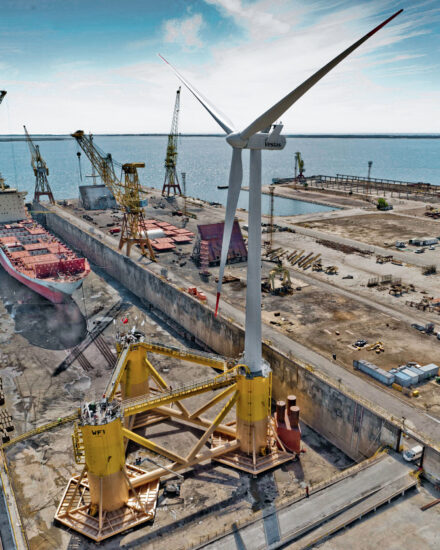
Aren’t wind turbines a significant risk to migratory birds and other animals such as bats?
Locating wind turbines in sensitive areas will be avoided but there are a number of techniques that can be used to deter birds from flying in the vicinity of wind turbines. Except for some reported cases of wind farms built in close proximity to sensitive habitats, there have been no reports of large-scale bird mortality due to collisions with turbines.
Is the noise generated by wind turbines a significant environmental issue?
For developments located offshore far from the coast, noise from the blades will be inaudible on land. The air-water interface constitutes an excellent reflector of sound waves, and therefore noise propagation from the blades into the water is negligible and will not disrupt marine life. Furthermore, the installation of the WindFloat platforms neither requires piling nor significant offshore operations; therefore the high decibel disturbances normally caused during installation are avoided.
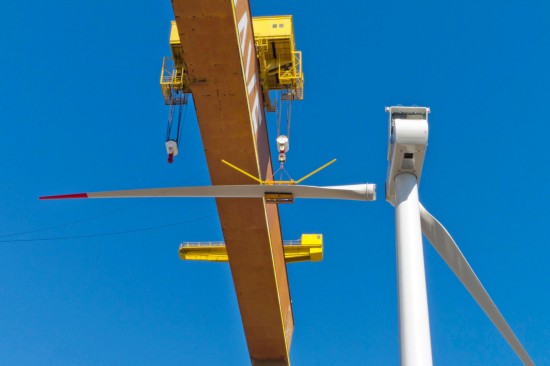
Will the offshore wind turbine infrastructure cause damage to life on the sea floor?
Floating wind turbines will typically be installed far from the shore in areas where the water is anywhere from 50 to 500 meters deep. Typically these areas do not include many sensitive underwater features. That said, the seabed will be surveyed before installation and all sensitive areas will be avoided.
What about the effect on fish and the fishing industry?
With the ability to reach into deeper waters for wind power, it will be possible to select areas that are not heavily used by the fishing industry. Offshore platforms constitute artificial reefs and have been known to offer good protection for development of marine life. With proper management of wind farm locations by regulatory bodies, the fishing industry could benefit from offshore wind development.
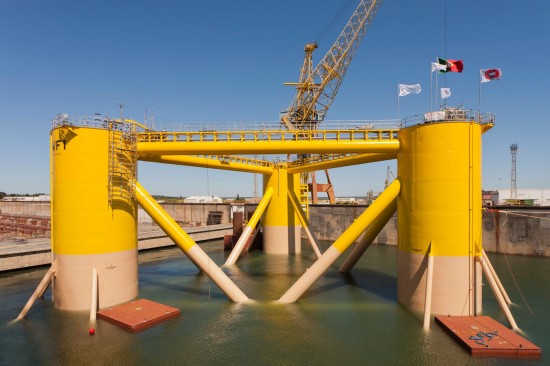
Will these structures be left in place when they are no longer in use?
Floating wind turbines are easy to remove. The platforms will be towed back to shore after about 20 years in service, where they can be refurbished and re-installed with the next generation of wind turbines. The mooring lines, anchors, and electrical cables will be completely removed and brought back to shore for recycling. The seabed will therefore be returned to its original condition.
Isn’t the power production from wind too dependent on weather, so that we might not get power when we most need it?
As the share of wind power in the energy mix increases, this could become an issue if all the wind farms are concentrated in a single region; however, there is always a storm somewhere and spreading wind farms over larger geographical areas will tend to decrease the problem. Energy storage and inter-connected grids are important factors that must also be pursued.
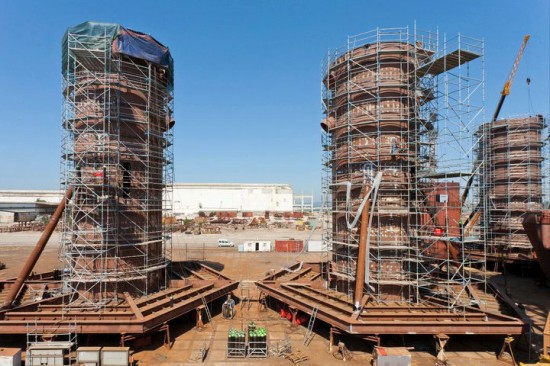
Will the development of wind power platforms result in jobs moving to low-wage countries with poor environmental records instead of promoting development in the areas in which they are installed?
Offshore wind turbines are very large and sophisticated structures. They can be towed from a not-so-distant port or shipyard, but overseas transportation is extremely difficult once they are fully assembled. There is a huge incentive in developing a local manufacturing infrastructure to reduce transportation costs. In our recent project, over half of the budget was spent in Portugal. For large-scale commercial projects, this percentage could be much higher.
Manufacturing and installation of large wind turbines offshore requires so much energy, don’t we end up releasing more CO2 than we are saving?
Life Cycle Assessment (LCA) is a methodology that has been developed to quantify this effect. Results indicate that it takes one to two years of power production to compensate for the emissions caused by the manufacturing and installation process. Wind turbines are typically designed for about 20 years of operation, which leaves 18 years of “net benefit” to the environment.
When turbines are stopped for lack of wind, don’t they end up consuming lots of power?
Like most large machines, wind turbines will always consume some power to keep their systems safe and functional, but overall, this will amount to approximately one percent of the total power they produce; so the overall balance is very favorable as well with regard to power output.
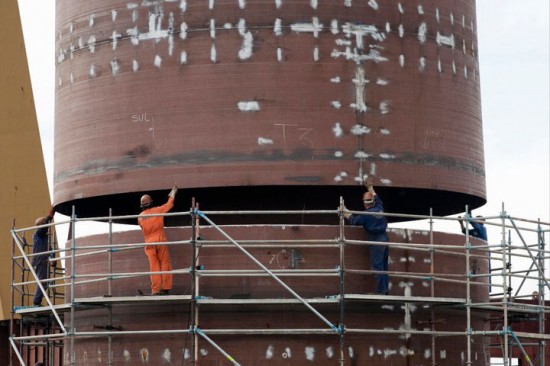
Isn’t the cost of offshore wind turbine prohibitive? Won’t we always need subsidies to produce offshore renewable power?
Technologies are slowly evolving towards making the cost of power from offshore wind turbines more attractive. Our projections indicate that given a suitable regulatory environment and improvements in infrastructure for large-scale fabrication and installation of turbines at sea, we can achieve a target of about 10 cents per kilowatt-hour, which will allow commercial projects to be developed without the help of subsidies. (Principle Power, Inc.’s current potential markets include Western/Northern Europe, the east and west coasts of the United States, and islands such as Japan and Hawaii.)
Instead of producing “green power”, isn’t it better to work on energy savings?
I agree that the best kilowatt-hour is the one that was not consumed. Energy efficiency and conservation alone will not satisfy the existing and future needs. The two approaches are not incompatible, and the trending upward of power demand in the world will require lots of efforts in all these directions.
* WindFloat is a registered trademark of Principle Power, Inc. and is used with permission herein.





I’d much rather see this than an oil rig any day! Eco-Consultants help to grow the green movement by teaching people how to save money in their homes, purchase more sustainable products, keep their families healthy and away from toxins. You can learn exactly how to become an ECo-Consultant with Eco Institution’s online curriculum. http://www.ecoinstitution.com/special-offer.html